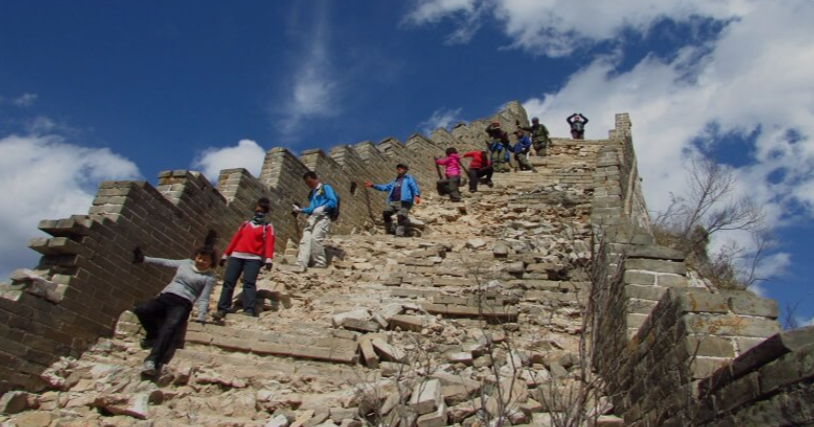Why Do the Bricks and Stones of the Great Wall Have Different Colors
The variation in the color of the Great Wall's bricks and stones can be attributed to several factors. Firstly, the different types of materials used led to color differences. Local quarries provided stones with unique hues, ranging from grayish-white to reddish-brown, depending on the mineral composition. For bricks, the firing process played a crucial role. The temperature and duration of firing could result in different shades, from pale yellow to deep red. Secondly, over time, exposure to the elements has caused further changes. Sunlight, rain, wind, and snow have weathered the surfaces, fading some colors and enhancing others. In areas with high humidity, moss and lichen growth can give a greenish tint. Thirdly, historical renovations and repairs added to the mix. Different dynasties might have used materials from other sources, introducing new colors. The combination of these factors has given the Great Wall its characteristic patchwork of colors, making it a visually stunning and historically rich structure.

previous: Are There Any Wildlife Reserves Near the Great Wall
next: How Wide Was the Defense Range of the Ancient Great Wall
Related News
- Did the Construction of the Great Wall Refer to Foreign Fortifications 04-01
- How Is the Awareness of Protecting the Great Wall Among the Residents Nearby 04-01
- What Were the Communication Methods of the Ancient Great Wall 04-01
- Are There Any Specialized Museums about the Great Wall 04-01
- How Wide Was the Defense Range of the Ancient Great Wall 04-01
- Why Do the Bricks and Stones of the Great Wall Have Different Colors 03-31
- Are There Any Wildlife Reserves Near the Great Wall 03-31
- How Did the Soldiers on the Ancient Great Wall Train 03-31
- How Many Gates Did the Pass Cities on the Great Wall Generally Have 03-31
- How Were the Building Materials of the Great Wall Mined in History 03-31
